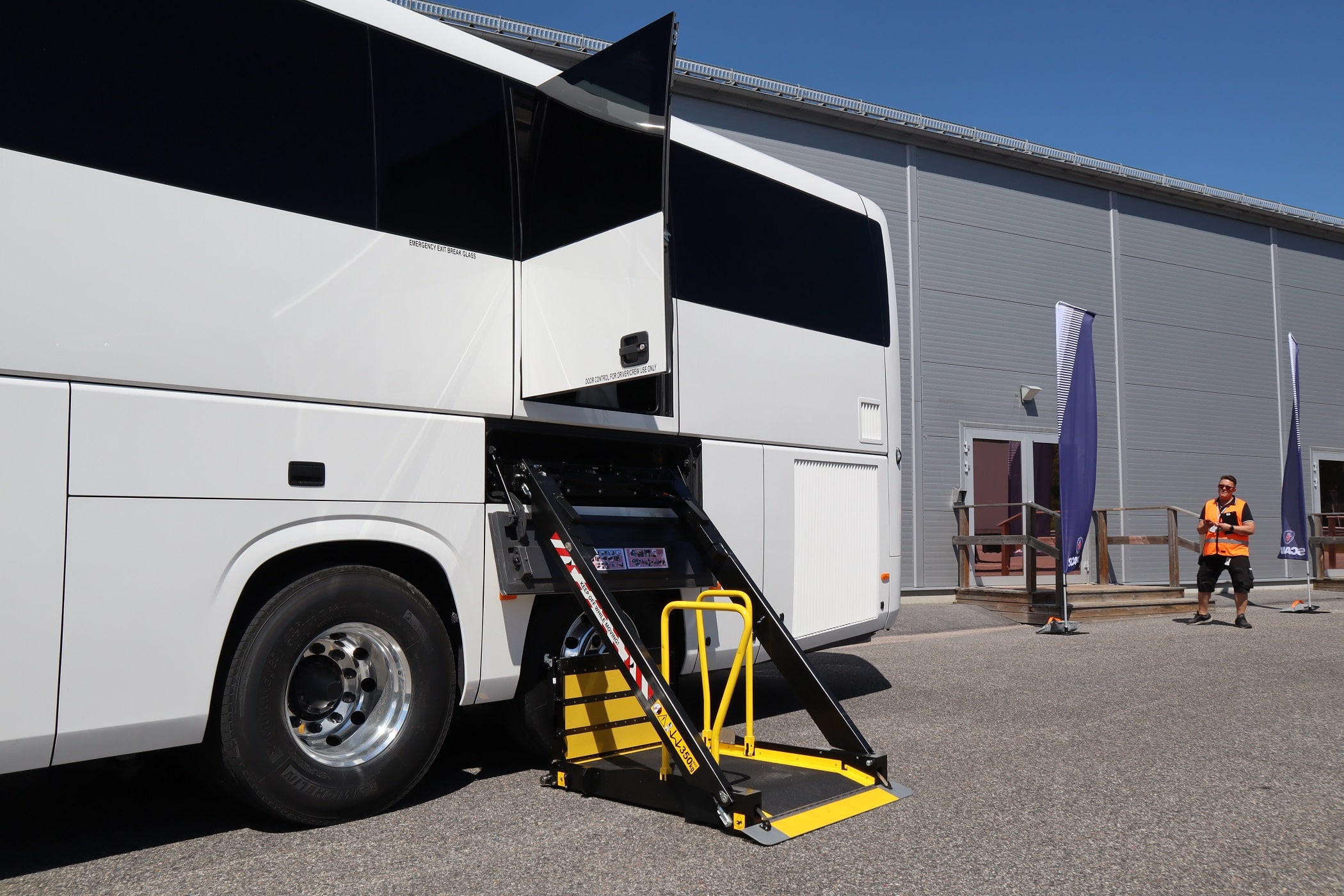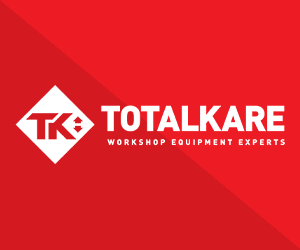Employers have a duty of care towards their employees but how far does that extend outside the workplace? Here Croner-i reviews the responsibilities of employers and how to keep off-site employees safe.
Key responsibilities
The duty of care to ensure the health, safety and welfare of staff while they are at work is a key responsibility for any employer. This means conducting risk assessments to spot health and safety hazards.
A competent person must be appointed to manage the health and safety of any company or workplace. For smaller businesses, this is usually the business owner or managing director and in larger businesses, the role should be assigned to a member of staff trained in workplace safety.
If you are an organisation with five or more people you must:
• Keep an official record of what your risk assessment finds
• Put plans in place to deal with the risks
• Create and publish a formal health and safety policy.
Health and safety actions
Whatever the size of the business, you must make sure your workplace is safe and prevent risks to staff health. Safe working practices should be set up and followed and adequate first-aid facilities should be provided.
Staff should also be told about potential hazards from the work they do and provided with information, instructions, training and supervision as needed, with plans in place should emergencies arise.
Off-site employees
If staff are working away from the main business site, you are still liable for any accidents or incidents that occur. Managing these risks depends on whether staff are working alone or not.
A lone worker is anyone who works by themselves without close or direct supervision and this includes most professional drivers.
There are escalated risks for anyone working alone. Some of the most common risks include:
• Violence in the workplace
• Stress and mental health issues
• New or existing health issues
• The workplace itself.
Support and prevention
It should be easy for employees to report any incidents or issues. Open communication should be encouraged so staff can address concerns before they become more significant. This is particularly relevant when dealing with workplace violence. Where an employee feels intimidated or threatened, they may not want to report the incident.
Maintain regular communication with employees. If a physical incident occurs, a drop in communication will highlight something is wrong. This action also ensures that any mental health issues are addressed. Isolation can affect performance, stress, and mental wellbeing. Regular check ins with employees will combat this.
Having an emergency procedure in place will help lone workers deal with any emergencies that may occur. It should detail how and when they should contact their employer. Include emergency contact numbers, and first-aid advice.
Your risk assessment should highlight when supervision is needed, and how much you need to provide. The higher the risk, the more supervision you need to give. Part of the responsibility to employees is to provide sufficient training. If the employee is going to be undertaking high risk work, failure to train them would be a breach of an employer’s responsibilities.
In-depth guidance on the health and safety of employees is available as part of a subscription to Navigate-Transport and free access to Navigate-Transport Lite is available to routeone members.



























